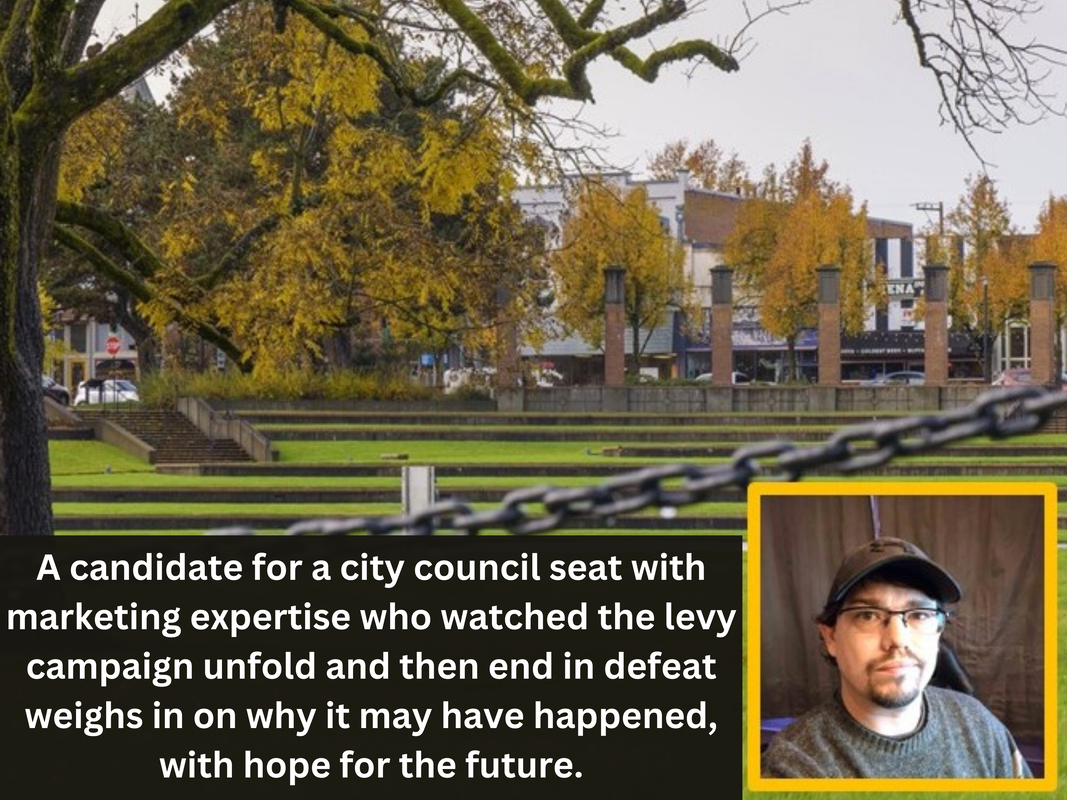
Dana Sharman is a local business owner, fine art photographer and 2024 candidate for City Council Seat #5. Sharman, who has a decade of experience honing marketing strategies and engaging with diverse audiences through their photography business and online platforms, agreed to use that expertise in outreach and audience connection to analyze and evaluate the city's local levy campaign and lack of passage. --TN
By Dana Sharman
Guest Editorial, Trammart News Service
The defeat of the Arts and Operations Levy, Measure 27-142, was a decisive moment – not just for the library, museum, and parks, but for the way our city approaches its responsibilities. For many, it seemed like a straightforward decision: vote yes to save services we love or vote no and risk losing them.
But the reality was far more complicated, and voters, facing unclear promises and deep-seated frustrations, rejected the measure by a wide margin – losing with 2,563 no votes to 1,632 saying yes, of 4,195 total. This was not a failure of the people to recognize the value of these services – it was a rejection of a proposal that felt hastily crafted, poorly communicated, and strategically misaligned with the times.
At its heart, the levy sought to raise $1.12 million annually, a number that closely matched the $1,096,942 cost of the library, museum, and parks combined. On paper, it seemed like a reasonable request, but the way the measure was framed exposed its underlying flaws. Rather than presenting a thoughtful, well-crafted solution, the city delivered it as an ultimatum: approve this or risk losing everything.
The proposal played to fear, not trust – pressuring voters rather than convincing them. From a marketing perspective, fear is a poor foundation for building public support, no matter how it is framed.
The levy also failed to account for the broader financial context. Our city’s general fund budget for the 24/25 fiscal year totals $7,519,201, encompassing everything from administration to janitorial services, yet the library, museum and parks account for only about 15% of that total. While voters were told the levy was meant to save these services, in truth the funds would have flowed into the general fund. From there, they could have been used to shore up other priorities, according to the city’s own website – priorities voters were never explicitly asked to endorse.
The lack of any mechanism to restrict the levy’s funds to their stated purpose was a glaring omission, one that raised serious questions about transparency and accountability and fed into the broader sense of distrust of government being felt across the nation.
This lack of clarity was further compounded by the city’s financial strategy; or lack thereof. The general fund began the fiscal year with reserves of $1,332,353, precisely the amount needed to cover this year’s budget shortfall. The proposal to raise $1.12 million annually through the levy might have alleviated some of that burden, but it did nothing to address the deeper issue: a structurally unbalanced budget. Even with the levy, the city would have remained on precarious financial footing, with no clear plan for sustainability. Voters saw this, and many rightly questioned why they were being asked to prop up a system that seemed broken from the start.
These local frustrations were not happening in a vacuum. This year, voters across the state of Oregon sent a clear message: no more taxes without accountability. Measure 118, which sought to raise the corporate minimum tax for education, was defeated statewide, as were other major tax measures across the region. This reflected a broader national trend, as inflation and stagnant wages continue to erode trust in government spending. Families feeling the weight of rising costs are simply unwilling to hand over more of their hard-earned money without clear assurances that it would be used wisely.
In our city, the timing of the levy could not have been worse. On a ballot crowded with bond proposals, this measure became one voice among many competing for approval. This strategic miscalculation diluted its impact and left voters overwhelmed by the sheer scale of the financial asks. In this environment, it’s no wonder that they chose to say no to all of it.
But there is something deeper at play here, something beyond just dollars and cents. The failure of this levy is rooted in a lack of trust – a trust that has been eroded over years of perceived mismanagement, opaque decision-making, and a failure to truly engage the community in meaningful dialogue.
When voters see utility fees rise, when they hear plans to expand parks and police and water services without any plans to pay for them, when they feel their input is neither sought nor valued, they grow skeptical. And when they are then asked to approve a measure that lacks safeguards, specificity, and a long-term plan, they reject it; not out of spite, but out of principle.
This is not an indictment of the library, museum, or parks. These services are the heart of our community. The library alone serves more than 74,000 people a year, providing not just books but access to resources, education, and connection. The parks are places of joy and recreation, and the museum preserves our shared history. But these services deserve better than what this levy offered. They deserve a plan that is honest, transparent, and built on a foundation of trust.
The defeat of this measure is not a failure – it is an opportunity. It is a chance to learn from the mistakes of this proposal and approach the challenges ahead with greater clarity and purpose.
The path forward is clear. First, transparency must be a cornerstone of any future funding measures. If another levy is proposed, it must include explicit guarantees that funds will be used solely for their intended purpose. Special funds can and should be created to provide these assurances, ensuring that every dollar raised goes exactly where it is promised. If that was done here, it wasn’t publicly available information and further proves the point in the need for transparency.
Second, timing matters. Future proposals must avoid the misstep of competing with other high-cost measures. They must stand alone, giving voters the time and space to fully consider their merits without distraction. And smaller, more targeted asks (such as a levy focused solely on the library or parks) could resonate more effectively, allowing voters to prioritize the services they value most. Both these concerns were raised by members of the council this year, so they have the knowledge and expertise to execute this correctly in future plans.
But most importantly, we must rebuild trust. This requires more than just better proposals; it requires a fundamental shift in how the city engages with its residents. Leaders must listen to the concerns of the people they serve and work alongside them to craft solutions that reflect shared values and priorities. When voters feel like partners in the process, they are far more likely to support the outcome.
The failure of this levy is not the end of the story. It is the beginning of a new chapter, one that demands we do better – by our services, by our city, and by each other. The library, museum, and parks are worth fighting for, but they deserve a fight waged with integrity, transparency, and a commitment to long-term success. Let this be a moment we learn from our mistakes, and move forward together. ▪
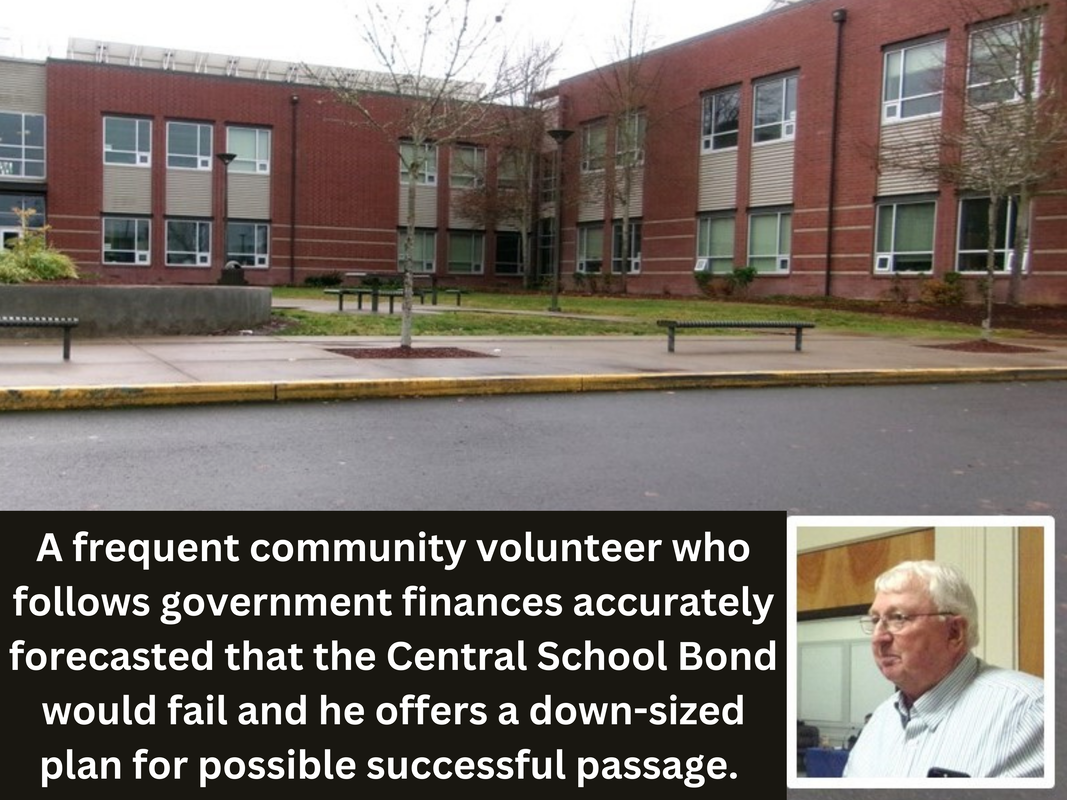
Royal Johnson objected to the school bond on the basis of its cost and the lack of specific description. Along with several others, he mounted an informational campaign. As a former Monmouth city councilor and a member of the school district's budget committee, he is familiar with monetary issues affecting the public. He agreed to describe why he thought the recent school bond failed -- and by a wide margin. --TN
By Royal Johnson
Guest Editorial, Trammart News Service
The Central School District bond proposal failed not because voters don’t care enough about kids to support a tax increase but because the tax increase was too high. Add that it didn’t specifically list the improvements to schools.
I don’t think it should come as a shock that the bond didn’t pass.
The cost of the bond would have hit taxpayers with a significant increase – a really tough one for those on fixed incomes and families already struggling.
I always wonder how much the loss of public trust contributed to the no votes.
I don’t know how many residents were surprised to see the bond defeated, but it lost by quite a margin – more than 1,000 votes out of nearly 10,600. Now, that bears some real consideration because the district probably will come for another vote, possibly this May.
My hope is that they would see a way to do things differently the next time around.
Before the ballots went out, I’d said the bond should be smaller in both scope and monetary amount, with definite goals, including that the revenue generated be applied to clearly identified infrastructure demands. I say “clearly identified” because I don’t think they ever were, except in general terms.
Fixing leaky roofs and other areas that need immediate attention for the comfortable, safe education of children is something that needs to be done.
But the bond was supposed to help build a new elementary school. Well, we never received much detail on that either. What kind of support would be expected when no one seems aware of where the school would actually be built or of the design plans for it?
Though the district stated that, if the tax bill passes, it would increase the cost by only 6 cents per 1,000 of assessed value over what property owners paid in 2023-2024, that was the year of the "tax surprise" that caused an unexpected tax increase to $3.70 per $1,000 assessed value.
This year's tax bill was $1.88 per $1,000 assessed value because of the reduction imposed by the Central School District’s budget committee, which followed the public reaction a year ago. But that was only for this year.
Despite that, the district promoted the bond by saying it would be only 6 cents more. However, that was only because the tax rate increase was based on a historic high – not the amount this year or the amount paid in many previous years. So, it would be $3.75 per $1,000 assessed value. That is a lot of money. I don’t think people will want to pay that.
There are many young people who know this could increase their rents. There are older people, in the age range of 50 years or so, who have moved here and don’t have children in school. There are retired people who are trying to watch their dollars and spending.
The school district, the school board, and the school budget committee all would be wise to consider these groups. They are a big part of the local population. ▪
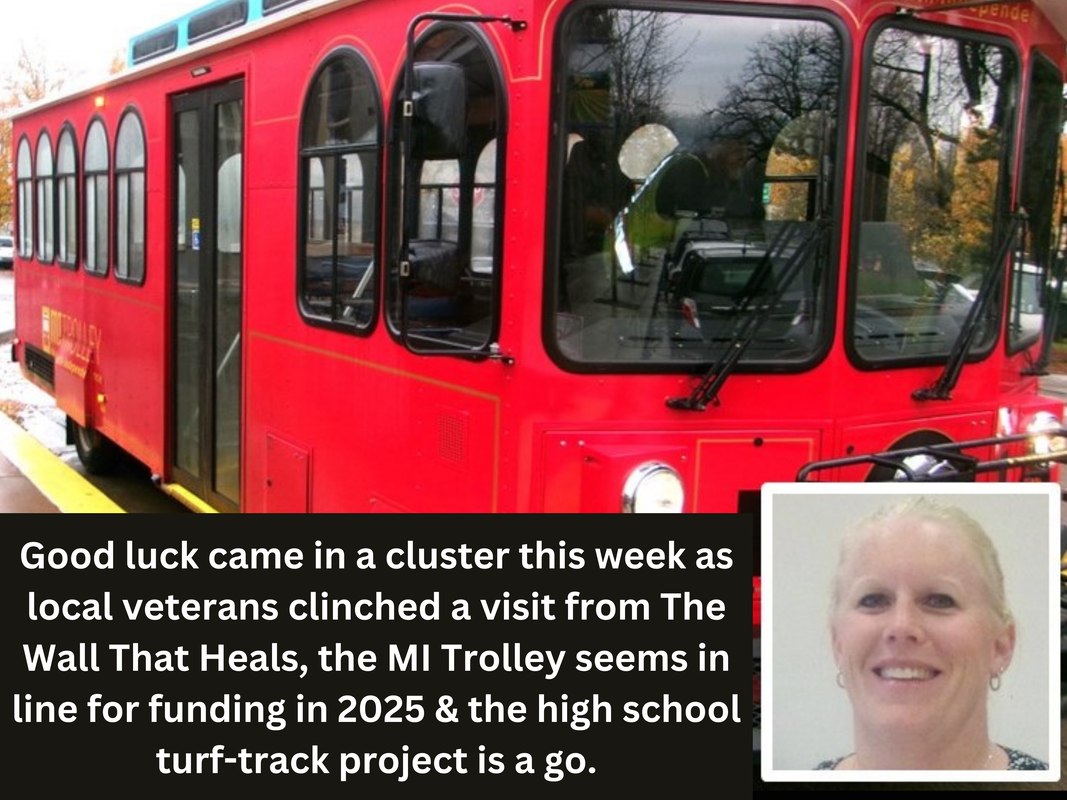
By Anne Scheck
Trammart News Service
Independence is the only Oregon city on the 2025 tour of the replica of the Vietnam War Memorial. The MI Trolley is on track for new revenue. Building begins for a special Central High School outdoor upgrade.
The MI Trolley is poised to receive much-needed money to keep it rolling. Continued financing for the trolley has been a worry as the New Year ticks closer. But, as 2024 comes to an end, funding for the cable-car lookalike buses is being recommended by Cherriots and the State Transportation Improvement Fund Advisory Board.
At a public forum this past Monday night with state Sen. Deb Patterson and Rep. Paul Evans, Monmouth City Manager Rochelle Roaden shared her optimism that $1.1 million will be made available to cover the operational costs for the coming year. However, it’s not expected to be officially allocated until the Oregon Department of Transportation makes that announcement in March.
Independence and Monmouth are working on an intergovernmental agreement to set up a “Trolley Commission Board,” which will work to ensure funding and operations for the MI Trolley into the future, said Sabra Jewell, communications director for Monmouth.
The City of Monmouth is the fiduciary for the trolley.
Improvements in safety and function are only a few months away for Central High School’s turf and track. A community group, including families and coaches, proposed the plan this past spring.
The committed band of volunteers collected information showing both the need for the refurbishment and the plausibility of cost-effective replacement. One of the organizers, Independence resident Shannon Ball (inset in photo above), advocated for the undertaking at school board meetings, flanked by other parents.
Tapping into money from a special capital-improvement fund, the school district has moved forward to replace these aging on-field facilities, according to a news release from Emily Mentzer, communications coordinator for the district.
Eli Cirino, head coach for track and field at CHS, called the upgrade a high-impact project. He thanked everyone for getting it “off the ground,” and issued a special shout-out to Ball for her leadership.
A three-quarter scale replica of the Vietnam Veterans Memorial is coming to Independence. The riverside city is the only place in Oregon that will host what’s now known as “The Wall That Heals,” along with a mobile Education Center about the wall and the war.
Veterans of Polk County, particularly American Legion Post 33 and its commander Billy Whisenant, deserve high praise for their efforts to clinch a highly competitive spot on the memorial’s traveling itinerary, according to Craig Pope, chair of the Polk County Board of Commissioners. The group’s proposal was supported in a show of unanimous support by commissioners a few months ago.
At the county commission meeting, Polk County Veteran Services Officer Eric Enderle observed that Whisenant and others of AL Post 33 worked tirelessly to bring the memorial to Independence,
The wall will open in the Independence Sports Park, to the north of Riverview Park on Sept. 18, 2025 and close three days later as part of a tour to more than 30 cities across the nation. The wall lists the names of more than 58,000 men and women who died in service during the Vietnam War.
It’s going to be free of charge and arrives this coming September according to a news release by the City of Independence. ▪

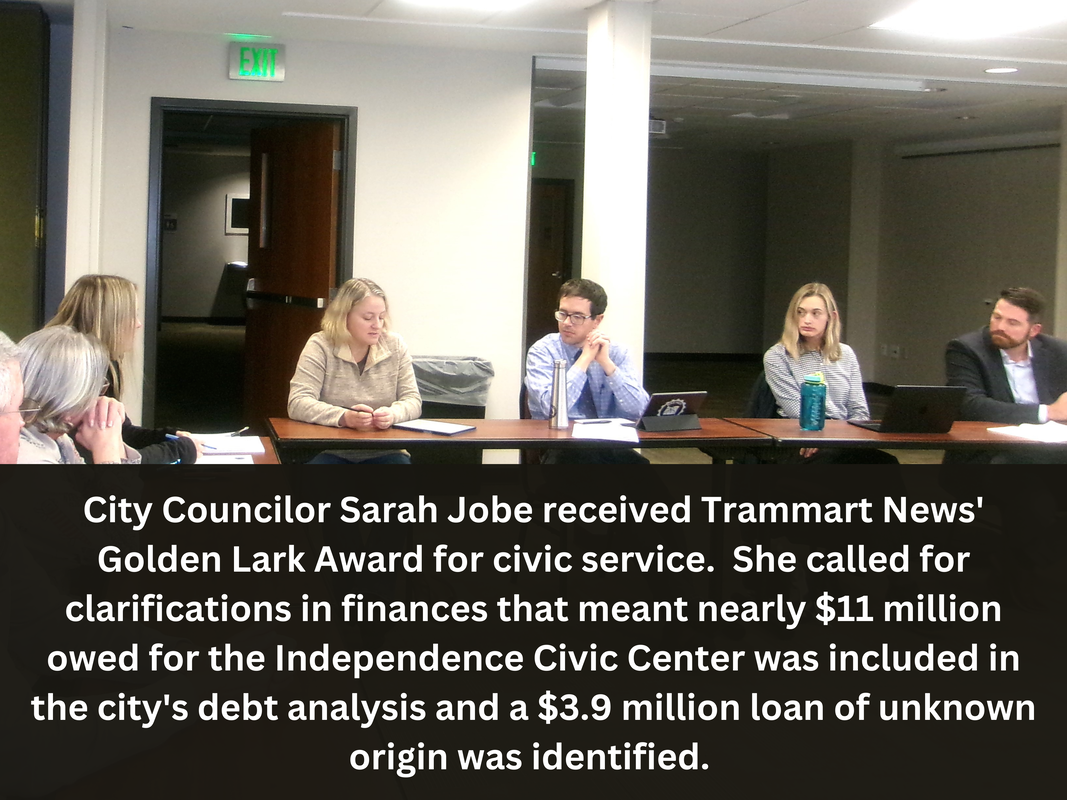

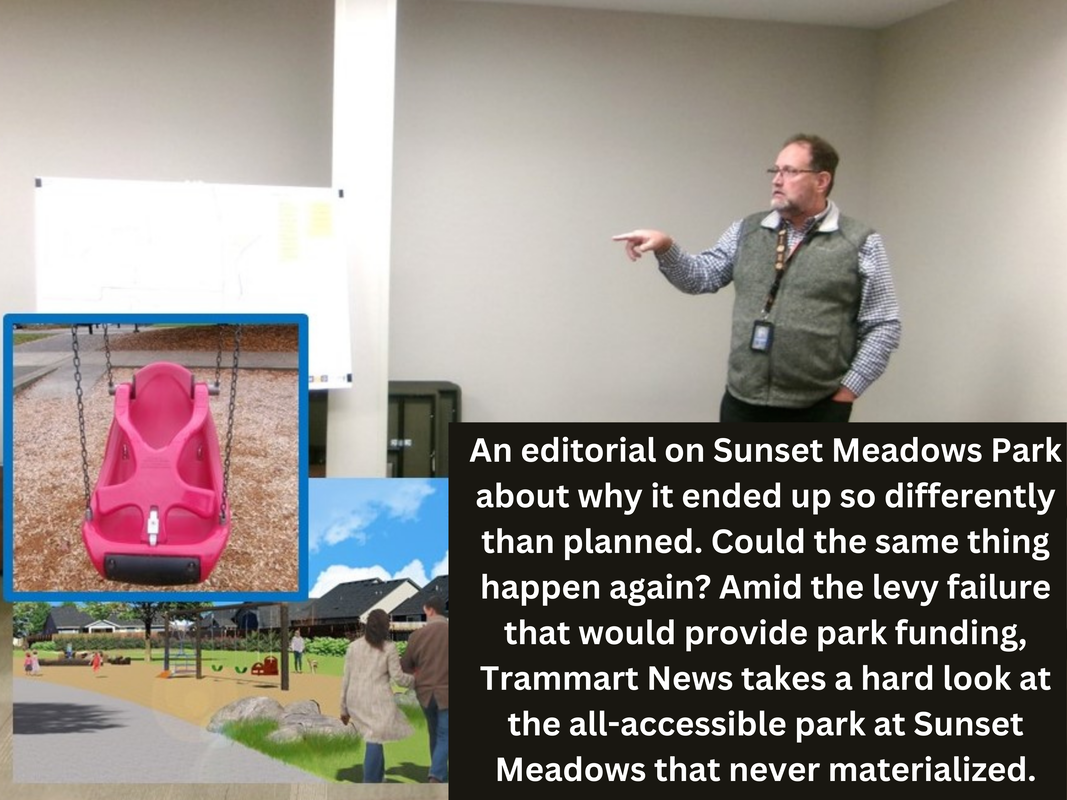
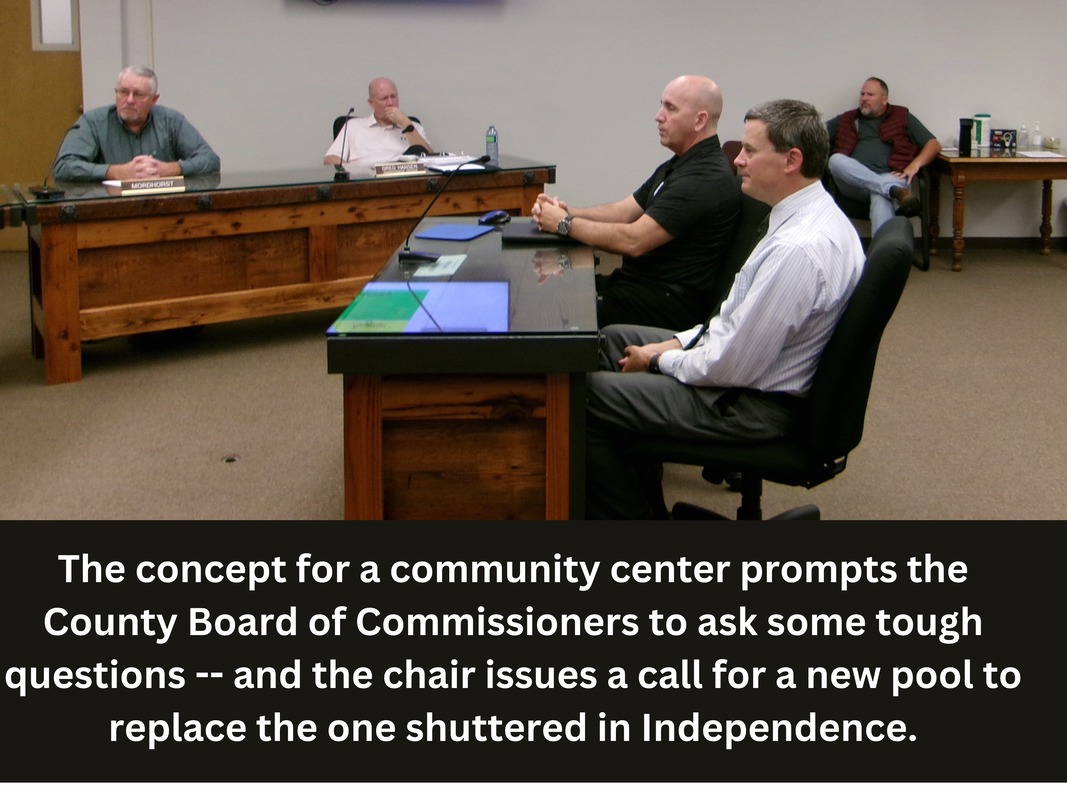





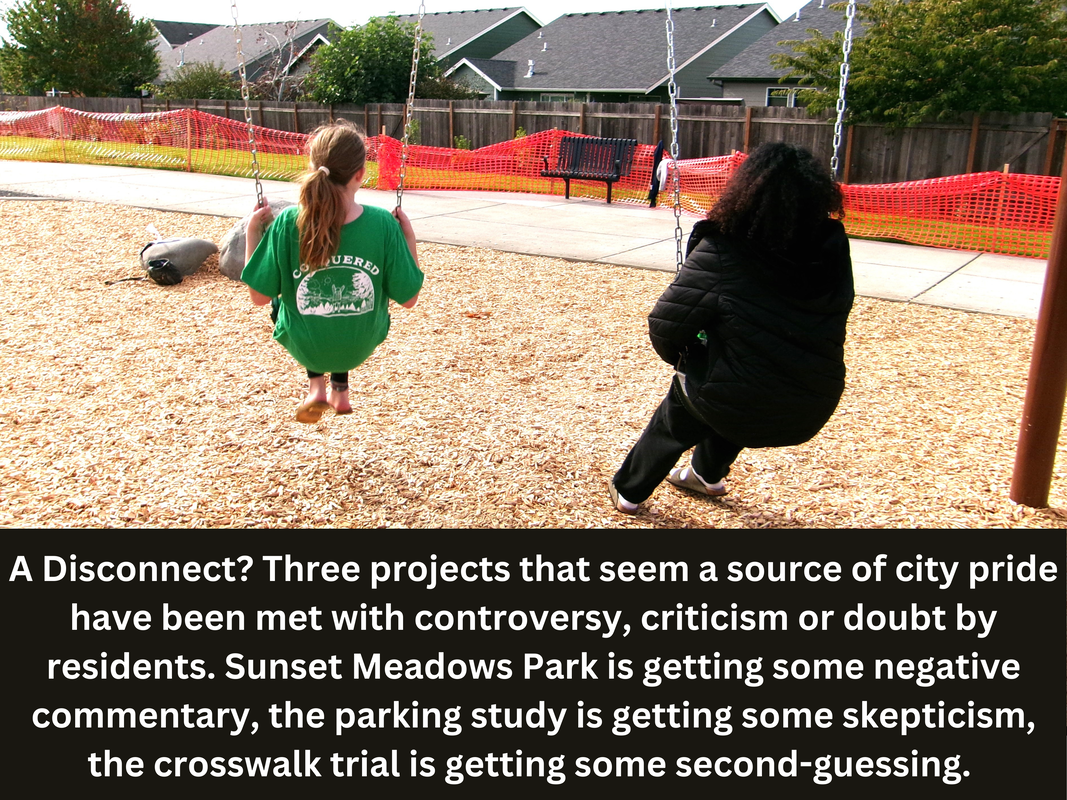
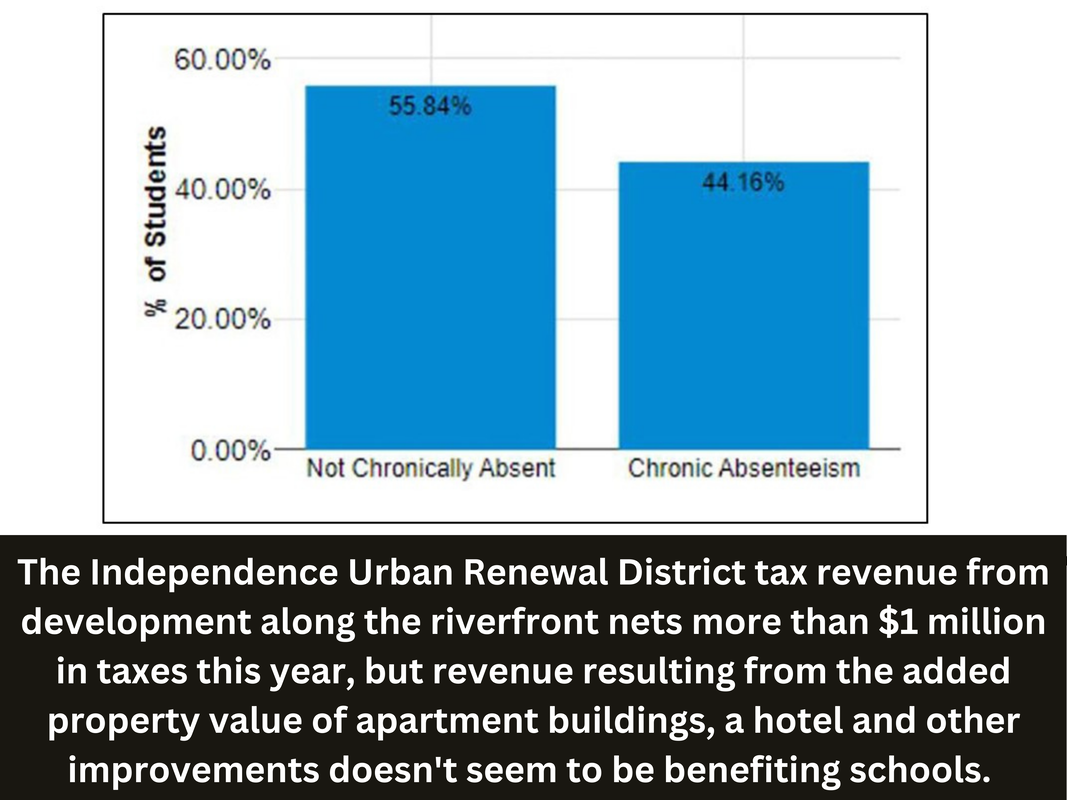
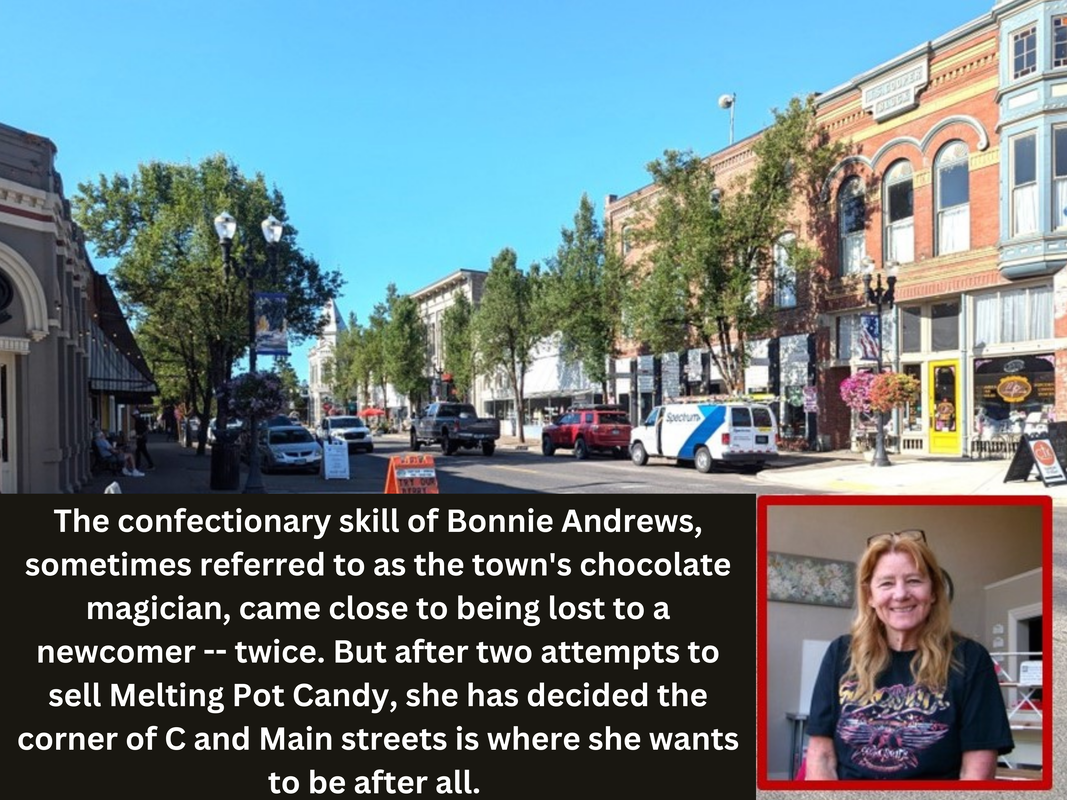



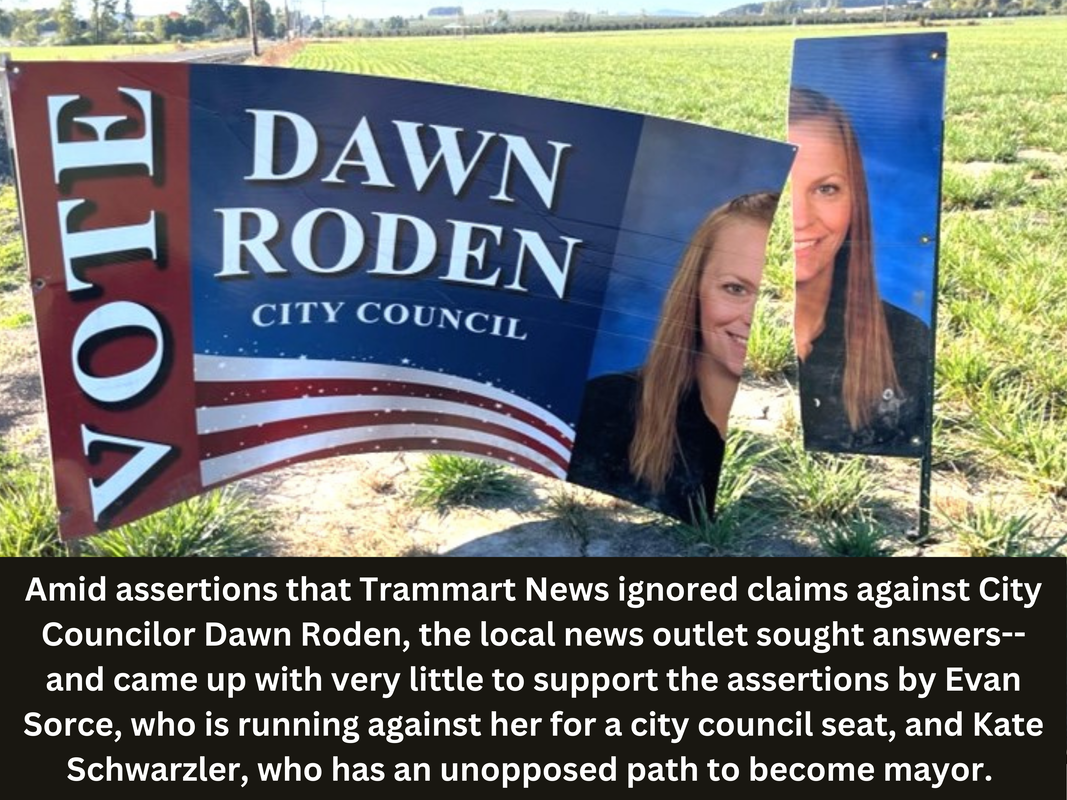




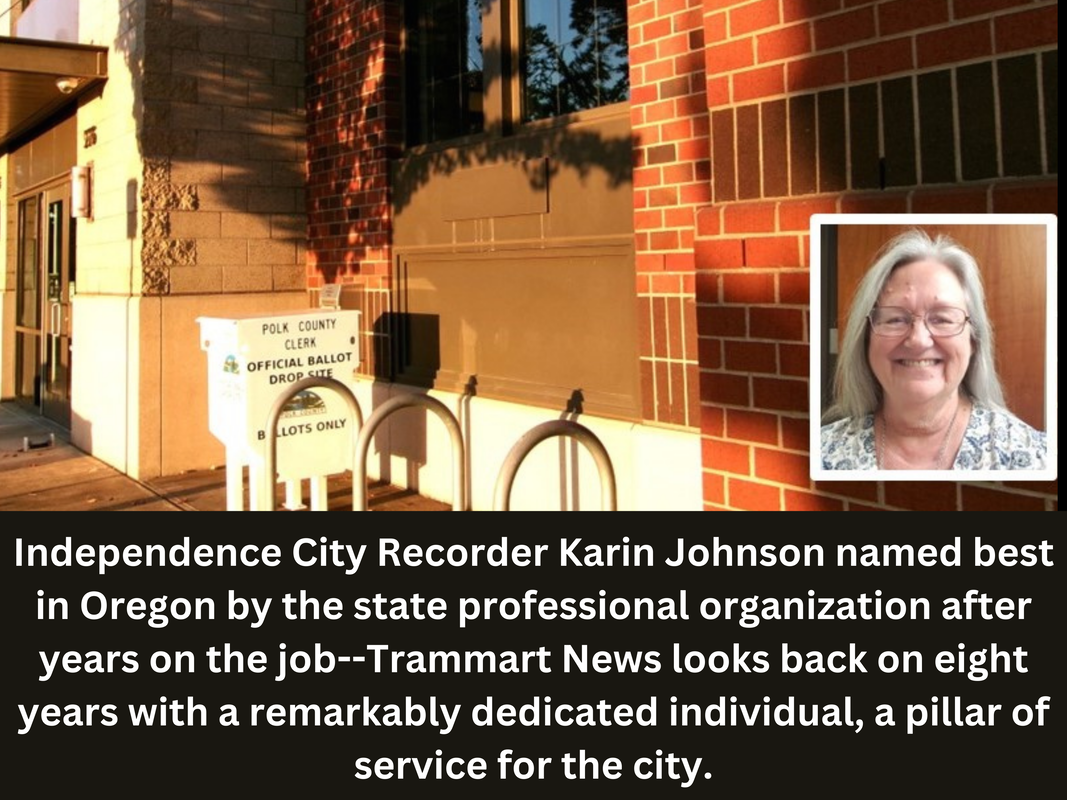
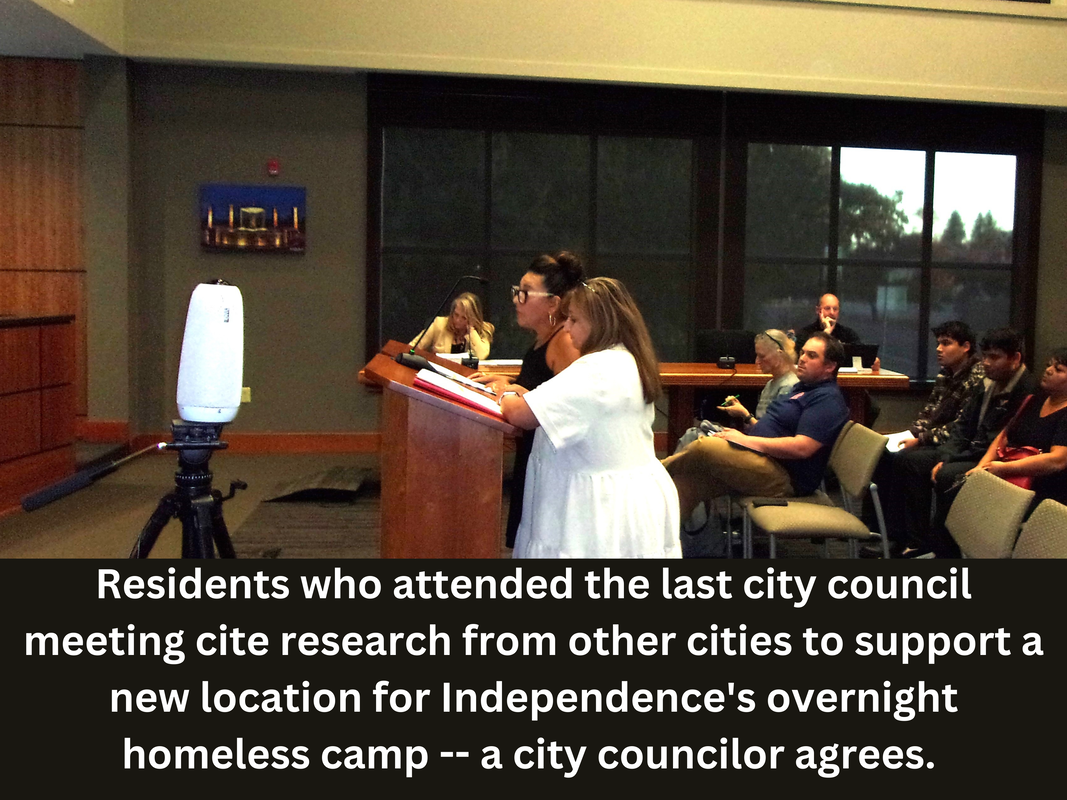
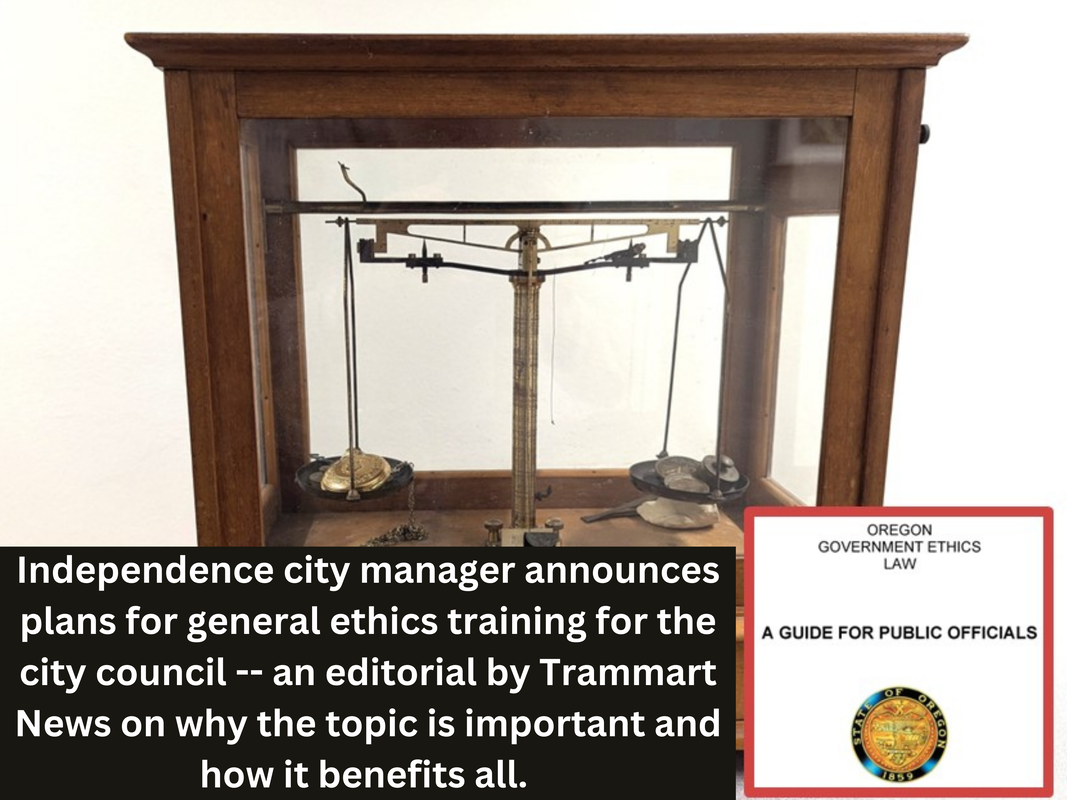



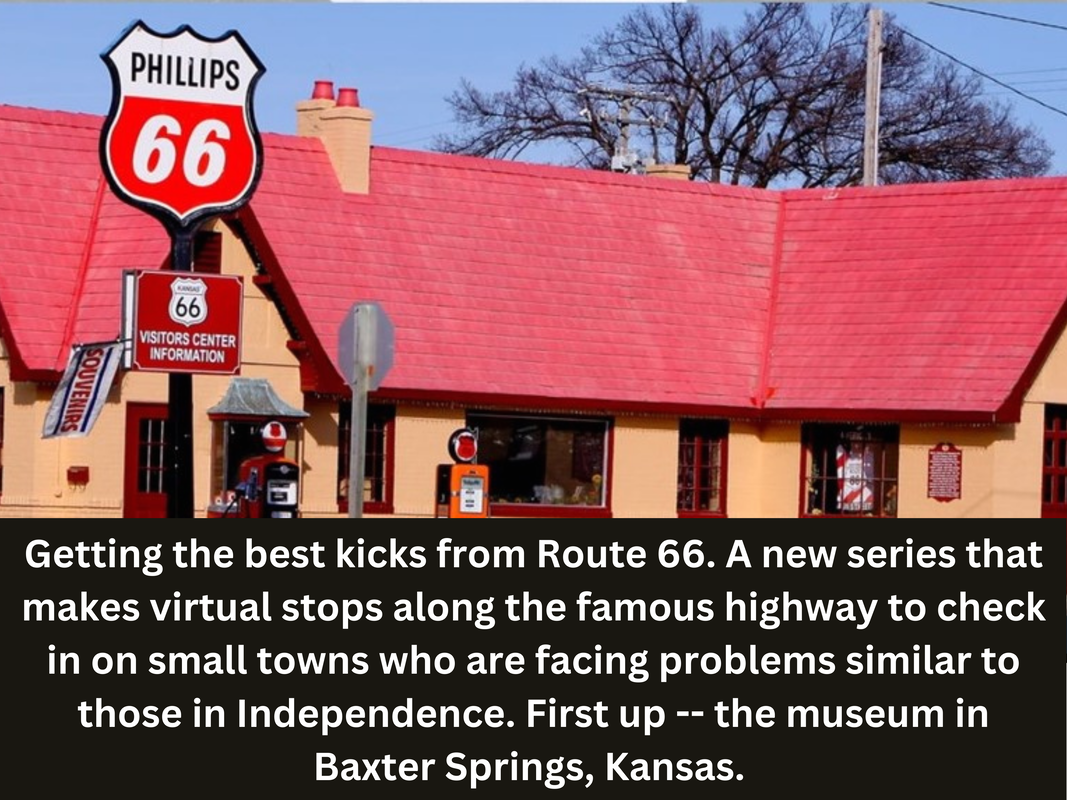
 RSS Feed
RSS Feed